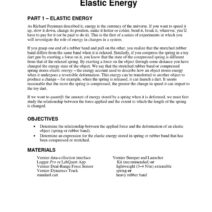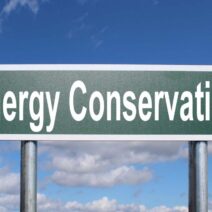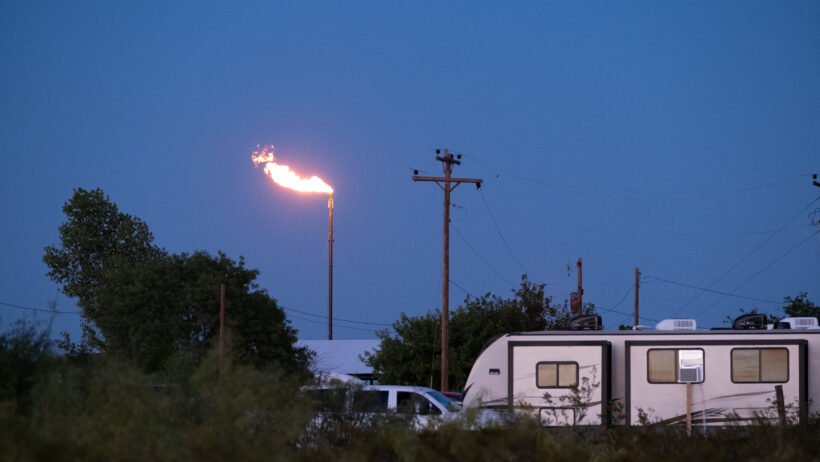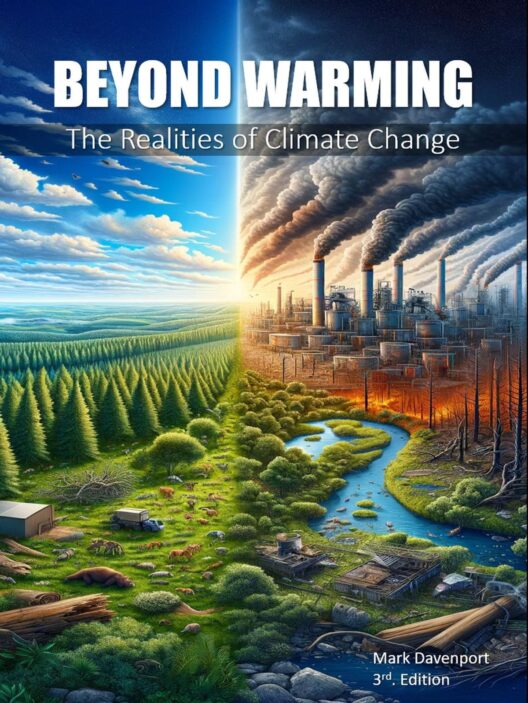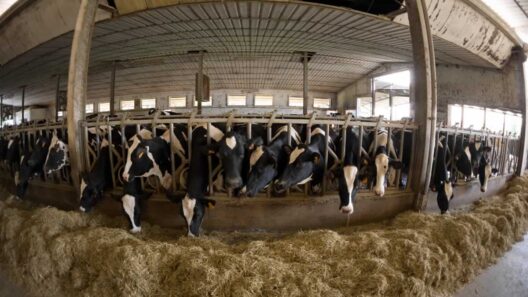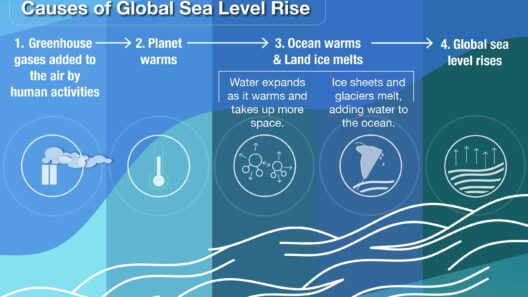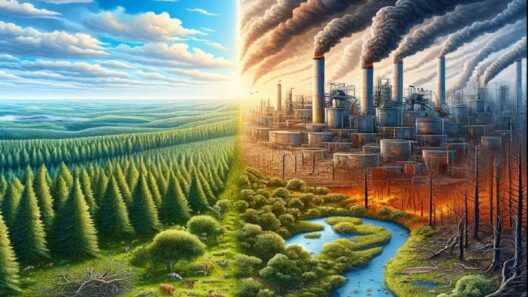The climate crisis looms large over our civilization, an ever-looming storm fueled by the menacing emissions that have insidiously crept into our atmosphere. Among the myriad of culprits contributing to this atmospheric assault, carbon dioxide (CO2), methane (CH4), and nitrous oxide (N2O) command attention as pivotal players in the narrative of global warming. These greenhouse gases, each with its own unique characteristics, are akin to a treacherous trio that has allied themselves against the stability of our climate. Understanding their roles is crucial to charting a course towards a sustainable future.
Carbon dioxide, the most ubiquitous of these three gases, serves as the primary antagonist in the climate crisis saga. It is released in vast quantities through the combustion of fossil fuels, deforestation, and various industrial processes. Imagine carbon dioxide as a relentless tide, gradually rising and swallowing up coastlines while pushing vulnerable ecosystems to the brink. Its long atmospheric lifespan means that once it is emitted, it lingers for centuries, continuously trapping heat within our planet’s embrace. This persistent presence has led to increased global temperatures, resulting in the melting of ice caps and erratic weather patterns.
In contrast, methane, though less abundant, is like a wicked sorcerer conjuring rapid changes in climate dynamics. Methane possesses a Global Warming Potential (GWP) 25 times greater than that of carbon dioxide over a 100-year period. It is released through natural processes, such as wetlands, and anthropogenic activities, including livestock digestion and the extraction of fossil fuels. The metaphorical chains that bind methane to our atmospheric woes are wrought from the horrendous practices of industrialized agriculture and waste management. As it wafts into the air, it accelerates warming at an alarming rate, making it crucial to address this potent gas in the climate conundrum.
Nitrous oxide, the third member of this unholy alliance, quietly contributes to the disarray, much like an unnoticed specter in the shadows. This gas is primarily a byproduct of agricultural practices, particularly fertilizer application. Its GWP is 298 times that of carbon dioxide over a similar timeframe, making it a formidable opponent in the race for atmospheric balance. The conversion of nitrogen in fertilizers into nitrous oxide compounds exacerbates the greenhouse effect, contributing to the atmospheric turmoil that spawns extreme weather events, from droughts to floods. Thus, the subtle yet powerful impact of nitrous oxide remains a critical factor in the unfolding climate drama.
Each of these gases interacts in a complex dance, their effects compounded by the contributions of others, weaving a web of environmental degradation. The impact on our biodiversity is stark. Ecosystems that rely on stable climates find themselves teetering on the brink as species struggle to adapt to swift changes. Coral reefs, often referred to as the rainforests of the sea, are dying under the heat of rising ocean temperatures and acidification. The alarming reality is that climate change, driven in part by these greenhouse gases, threatens to unravel the tapestry of life on Earth.
Transitioning towards a sustainable future demands a multifaceted approach. Reducing carbon emissions through renewable energy sources, enhancing energy efficiency, and adopting sustainable land management practices can mitigate the carbon footprint. However, addressing methane and nitrous oxide emissions requires equally urgent strategies. Enhanced agricultural practices, such as precision farming and the adoption of better waste management systems, hold promise for curbing emissions of these potent gases. For instance, integrating cover crops can sequester carbon in the soil while also reducing the dependency on nitrogen-based fertilizers — a win-win scenario for our planet and food security.
Moreover, public policy plays an essential role in shaping the trajectory of emissions. Legislative frameworks that prioritize sustainability, like carbon pricing or emissions trading systems, can incentivize reductions in greenhouse gas outputs. By implementing regulations that limit methane emissions from oil and gas operations and incentivizing farmers to adopt eco-friendly practices, governments wield a powerful tool to steer society towards a greener future. Public awareness campaigns are equally vital; educating communities about the role of these gases can galvanize grassroots movements that demand action and accountability from corporate and governmental entities.
As we navigate the complexities of the climate crisis, embracing innovation and technology offers hope. Advances in carbon capture and storage (CCS) technologies bear the promise of siphoning excess carbon dioxide from our atmosphere and locking it away securely. Similarly, the exploration of biotechnology can harness natural processes to enhance methane production in landfills and agricultural farms, possibly converting harmful emissions into usable energy or fertilizer. The crossroads at which we find ourselves requires not only technological adoption but also a cultural shift towards valuing ecological harmony over short-term gains.
In conclusion, carbon dioxide, methane, and nitrous oxide are the prime antagonists in our climate narrative, casting a shadow that threatens to engulf our planet. Their roles are not merely scientific data points but rather characters in a tale that unfolds with each passing year. By recognizing their individual and collective impacts, we can arm ourselves with the knowledge to combat their effects. Together, we must advocate for systemic change, innovative solutions, and sustainable practices to reclaim our climate from this treacherous trio. The urgency is palpable; a united front is imperative if we are to avert the calamities set in motion by these atmospheric adversaries.
